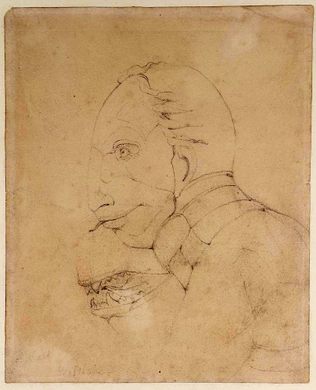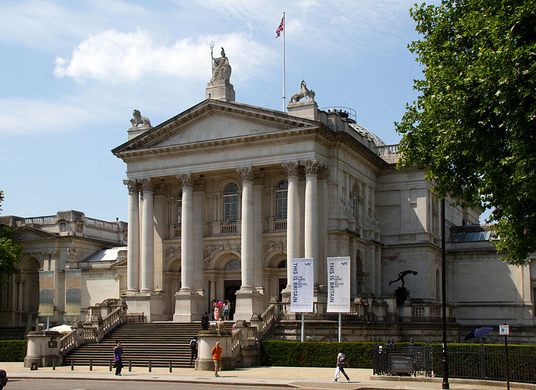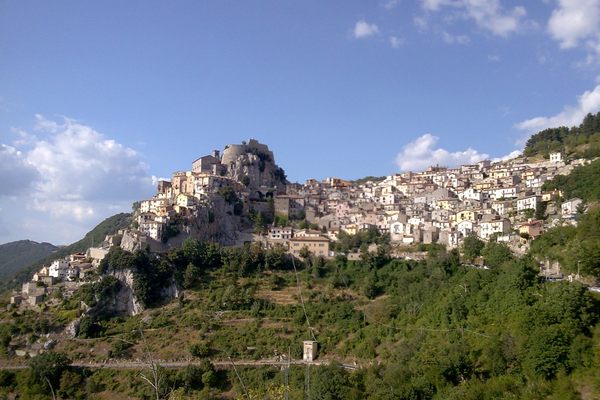The Ghost of a Flea
William Blake claimed to have painted this gothic masterpiece after encountering this nightmarish being in a vision.
In the Tate Britain gallery hangs a small painting by the 18th-century poet and artist William Blake. Blake claimed he was inspired to create this phantasmagoric masterpiece after encountering in a vision a terrifying entity which introduced itself as “The Ghost of a Flea.”
Blake claimed he was “visited” by this entity, which posed for him as he sketched it. He was able to “communicate” with the monstrous being, which revealed that all fleas were inhabited by the souls of men who were “by nature bloodthirsty to excess.”
It is a subject of scholarly debate whether Blake’s gothic visions were creative exercises of imagination whereby he was able to summon forth a sort of Jungian archetype to be captured artistically, or whether these were in fact hallucinations born of a mental illness. Others have claimed that the artist used psychedelic drugs or that the hallucinations were, in fact, real religious visions. Blake may have been inspired after seeing images of fleas from the book Micrographia by the early English scientist Robert Hooke, who produced illustrations based on his pioneering documentation of organisms as seen through microscopes. The march of science was gradually revealing hitherto unknown, invisible, and unsettling worlds that sparked fears about what else could exist undetected beyond the boundaries of the human senses.
However, considering Blake’s strong political and religious/humanist beliefs, some art historians suggest there are other, equally compelling interpretations of this mysterious piece of artwork. Blake lived through a turbulent period of history marked by massive social upheaval, including revolutionary wars in both North and South America, the French Revolution and its purges, the Napoleonic Wars, the abolition of the slave trade, and the Industrial Revolution. It has therefore been argued that the apparition may actually be an esoteric metaphor for psychopathic leaders or figures of power that the artist believed needed to be restrained through human reason and political reform. Otherwise, their abuses of power could bring suffering, bloodshed, and death through war, persecution, or famine.
Today you can find this nightmarish and iconic painting in the Tate Britain where it is well worth a visit if you enjoy gothic artworks or have an interest in the history of art.
Know Before You Go
To get to the museum simply take the tube to Pimlico station and walk along the Millbank road until you reach the Tate, which is impossible to miss. You can find the painting and other works by Blake in the "Spotlights" gallery of the museum. It is worth mentioning that it is a small painting and framed relatively simply, so to avoid disappointment visitors should not expect anything huge or extravagant.
Community Contributors
Added by
Edited by
Plan Your Trip
The Atlas Obscura Podcast is Back!

























Follow us on Twitter to get the latest on the world's hidden wonders.
Like us on Facebook to get the latest on the world's hidden wonders.
Follow us on Twitter Like us on Facebook